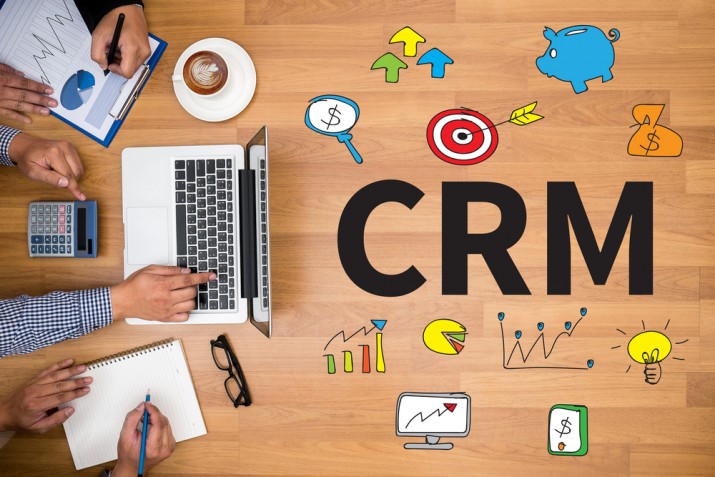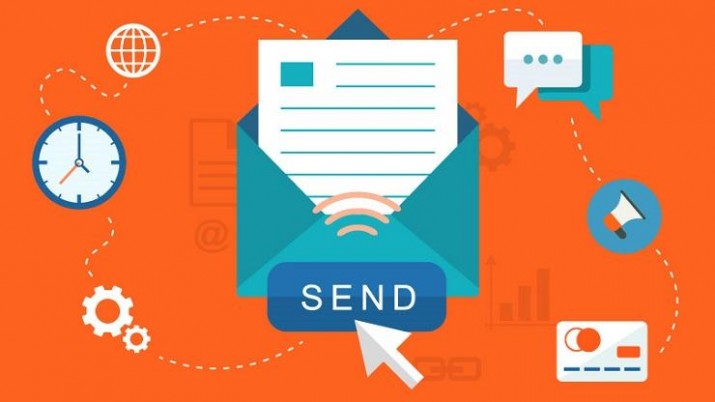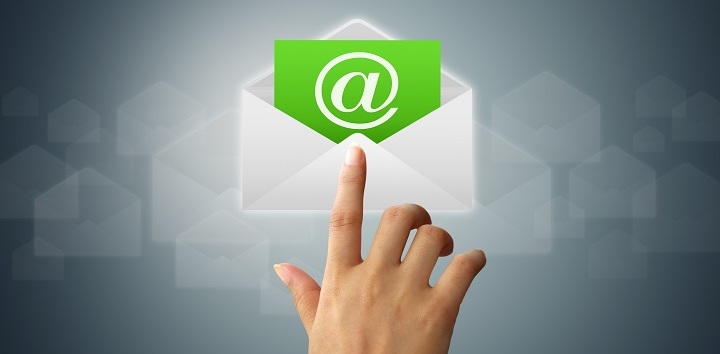
A CRM or customer relationship management system facilitates developing and upholding meaningful relationships with the customer. Every company whether big or small can benefit from a well developed CRM system. But quite often the prohibitive cost of enterprise grade CRM systems (e.g. Salesforce.com) takes them beyond the reach of majority of the organizations as only a handful of companies with deep pockets can afford such advanced, feature rich systems.
But the scenario started changing with the launch of SugarCRM, the first major open source CRM system. SugarCRM democratized the CRM market. Even in its earliest versions Sugar was a decent system with useful features and freely available code. What this meant was you can have your own CRM system with as many users as you want and you can customize the system to suit whatever your organizational requirement was. The software was free, you just had to invest in the server infrastructure. But it was a one time investment and totally worth it considering the business benefits. Eventually Sugar ceased to be an open source software, but what it started was quickly followed by other CRM developers and now after more than a decade we have almost a dozen good open source CRMs to choose from.
But is free software the only reason why you should go for open source CRM software. And what’s the flipside? What compromises you will have to make with open source CRM. Here is a brief overview of the advantages and disadvantages of open source CRM software, so when you do decide to go for one, you take an informed decision.
Advantages of Open Source CRM
Free of CostThe foremost reason why everyone considers opting for open source CRM is because, generally speaking, its free. Off course not all open software are free, but most CRM systems are. The source code is free which can be modified according to the requirements. New versions are offered time to time that too at no extra cost. The developer might charge some additional money for expert support but you can always save some money by modifying the codes yourself and saving on the license charges. It has been estimated that open source software saves around $60 billion a year for all businesses combined.
Customization
Anything that is customizable according to one’s requirements is a good thing. Especially a CRM software, because CRM deals with managing customers and customer management differs vastly from industry to industry. So it is very difficult to build a one-size-fits-all CRM software, unless you stuff it with all the features all industries will ever need. The power to customize makes open source CRM among the most sought-after software. The source code can be altered to whatever the user needs it to be. They need not have to deal with (and pay for) loads of irrelevant features which they will never use. And if can’t customize yourself you can always hire CRM customization services.
No ‘stuck-up’
Usually when you opt for paid CRMs, not only do you have to pay an initial cost, but need to commit to the license for at least a number of months. Open source CRM does not need that kind of commitment. You can use it till whenever it is suitable to you and drop it if it’s not working any longer.
Easy Management
Open source CRM is easy to manage and can be installed at multiple locations according to your requirements. You don’t need to keep a count or monitor it for license issues. You can keep as many instances of the software as you want without any monetary repercussions.
Continuous Improvements
Another great reason to go for open source CRM is the developer community behind it. Everyone has access to the source code so it is possible for anyone to fix bugs, if any, and add new features using collective experience. As a result the software keeps getting better and better as time passes by.
Resources
You do not need to exploit as much resources for the implementation of the system as is required in the traditional software(s). Your staff can explore the existing codes to understand the product better and can suggest various improvements which might suit your organization best.
So, these were some of the advantages of open source CRM which attracts you to consider it. But that’s not all. Every coin has two sides. Before deciding on anything, you need to be equipped with both its pros and cons. Now talking about disadvantages, let’s see why opting for an open source CRM needs consideration:
Disadvantages of Open Source CRM
MaintenanceInstalling open source CRM can be easy, but CRM support and maintenance is not. The proper up keeping of open source CRM requires a lot of technical expertise. Little thought is provided to develop the user interface so they aren’t that user-friendly. You will need consultants and expertise to choose and customize the right CRM for you. The bugs can be resolved but generally take a lot of time for the same.
No central support system
There is no one place where you can go with the issues you are facing regarding your open source CRM. All of your solutions or support is going to be from various forums (community of users) which aren’t always accurate and can take a lot of time to respond to your queries. The other way is to get expert support which again adds to your expenses.
Limited Functionality
Open source CRM can almost cater to all the basic needs of your business, but it might not suit your business if you are looking for full fledged CRM solution. The functionality of open source CRM is limited to an extent and comes with its own shortcomings. However with additional investment you can either hire CRM developers to add new features or get readymade plugins for your unique requirements.
Not entirely free
Though it may seem to be, open source CRM is not entirely free. There are many hidden costs which keep on showing up. The source code is available to all but to alter the code according to your own requirements, you will have to incur developer costs and continuous upkeep costs. To run the CRM system you will need to invest in server and firewall infrastructure which may cost a huge amount of money.





